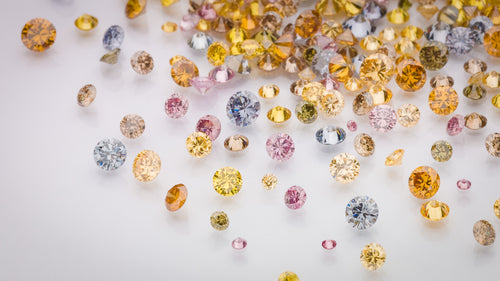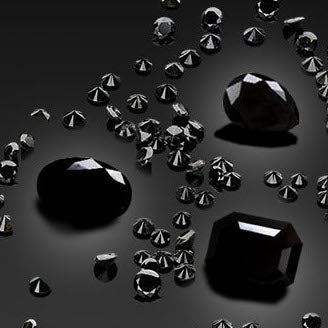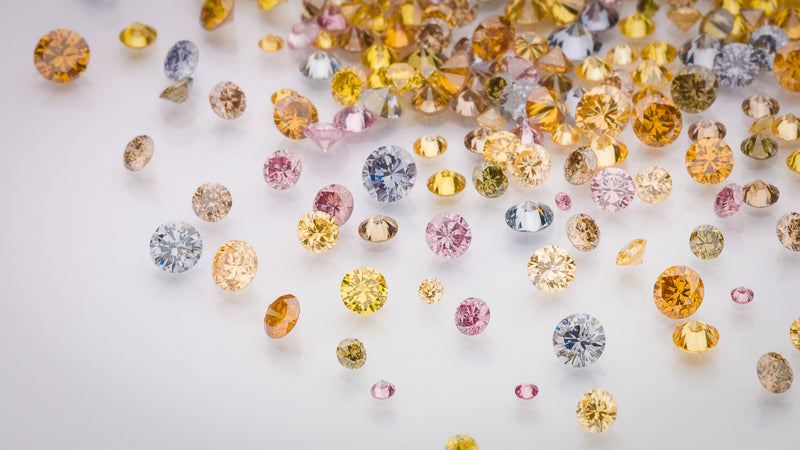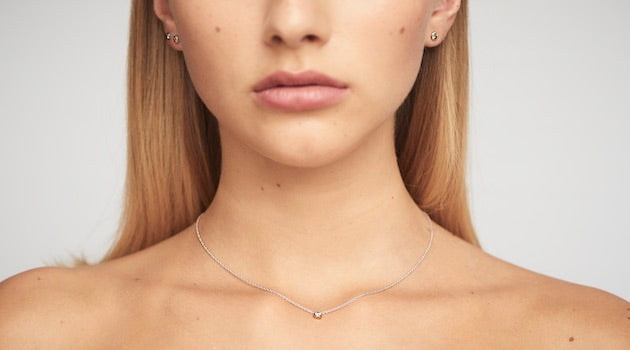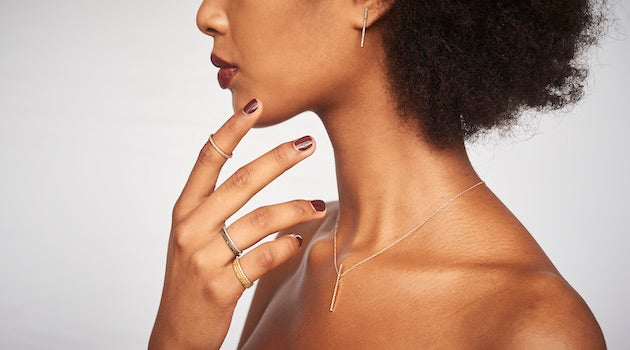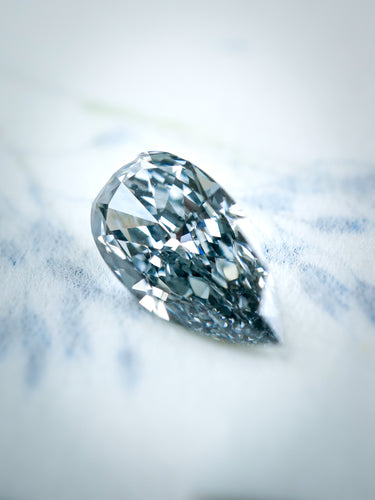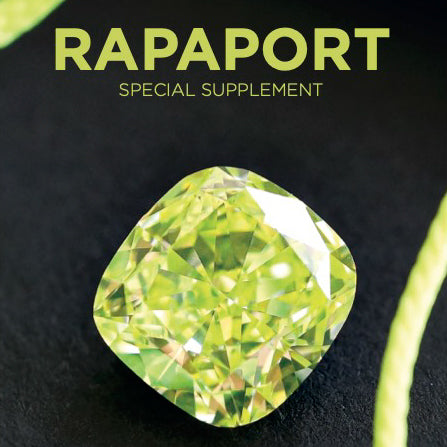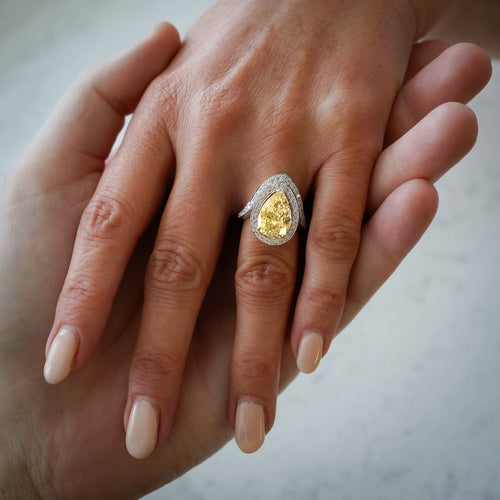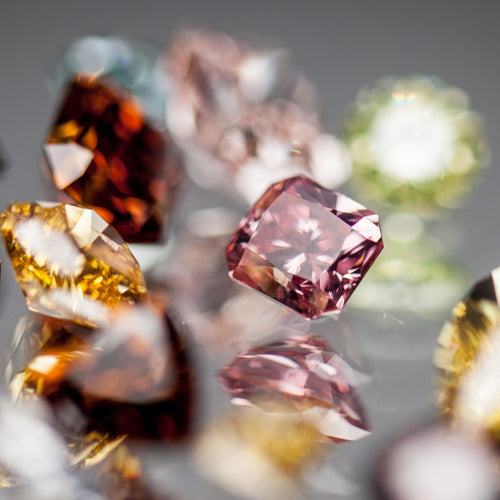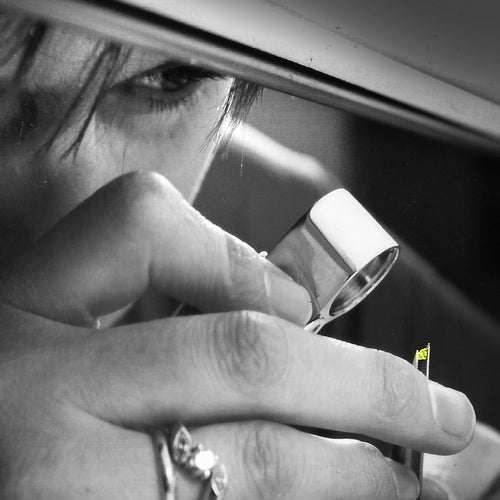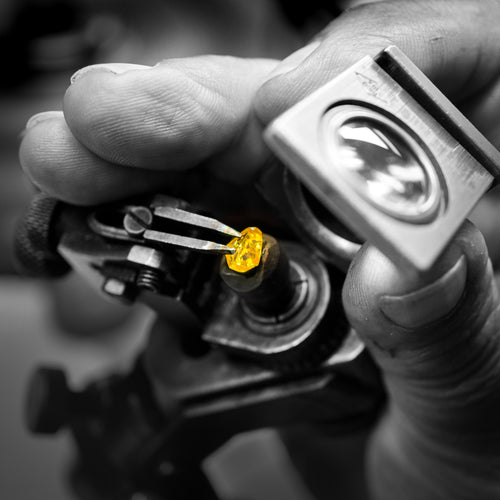
1. Carat (Weight)
The value of a stone increases exponentially with its weight. The weight of a diamond is measured in carats: 1 carat is equal to 0.2 grams, and is divided into 100 points. The word “carat” is derived, via Arabic and Italian, from the Greek word “keration” (fruit of the carob). Because of their uniform weight, carob seeds were in the past used on precision scales, and different countries each had their own carat. In 1907, the metric carat of 200 milligrams was adopted, and is universally used today.
Here are several ways to express 1 carat:
1 ct.
200 milligrams
1/5 gram
100 points
4 grainer
2. Color
Colorless diamonds are not all the same color. In fact they range from completely transparent (“white”) to slightly yellow or brown.
The “whiteness” of a diamond affects its value and it is therefore necessary to have an objective basis for comparison, which is used throughout the world for the color grading of all colorless diamonds.
This objective basis for comparison is a set of reference stones that is housed in Antwerp and was put together by major international diamond organizations. All reputable laboratories compare colorless diamonds to this set of stones, or against a replica that was itself generated in direct comparison with the “mother” set.
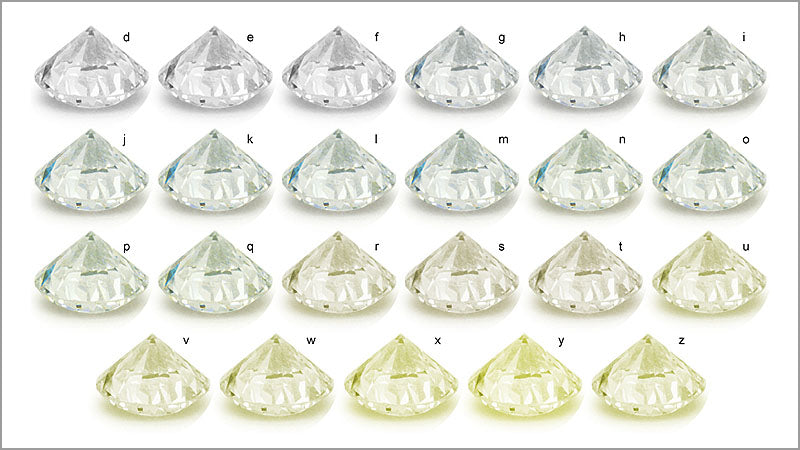
The range of colors goes from colorless (D - for “Diamond”) to light yellow or brown (P - the most tinted color). The color is observed through a uniform, Northern daylight 65 light.
A colorless diamond that has very faint undertones, such as brown, grey, or green, falls in the “tinted color” (M-Z) category and is given an additional adjective, “ECG”, which stands for Equivalent Color Grading.
International Color Grading Scale
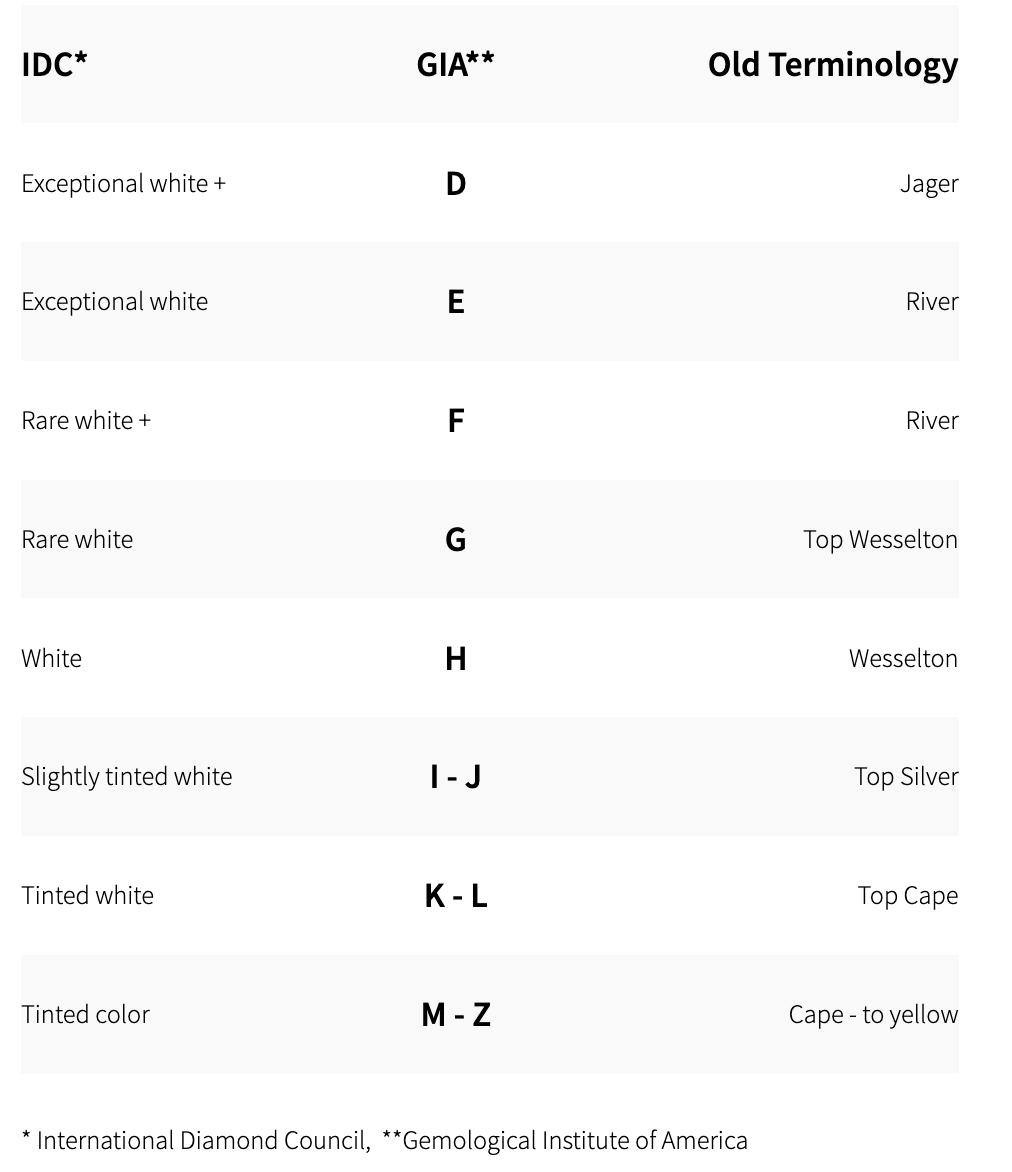
"If the color is more than faint - beyond Z - then we leave colorless diamonds behind and enter the world of color diamonds."
3. Clarity
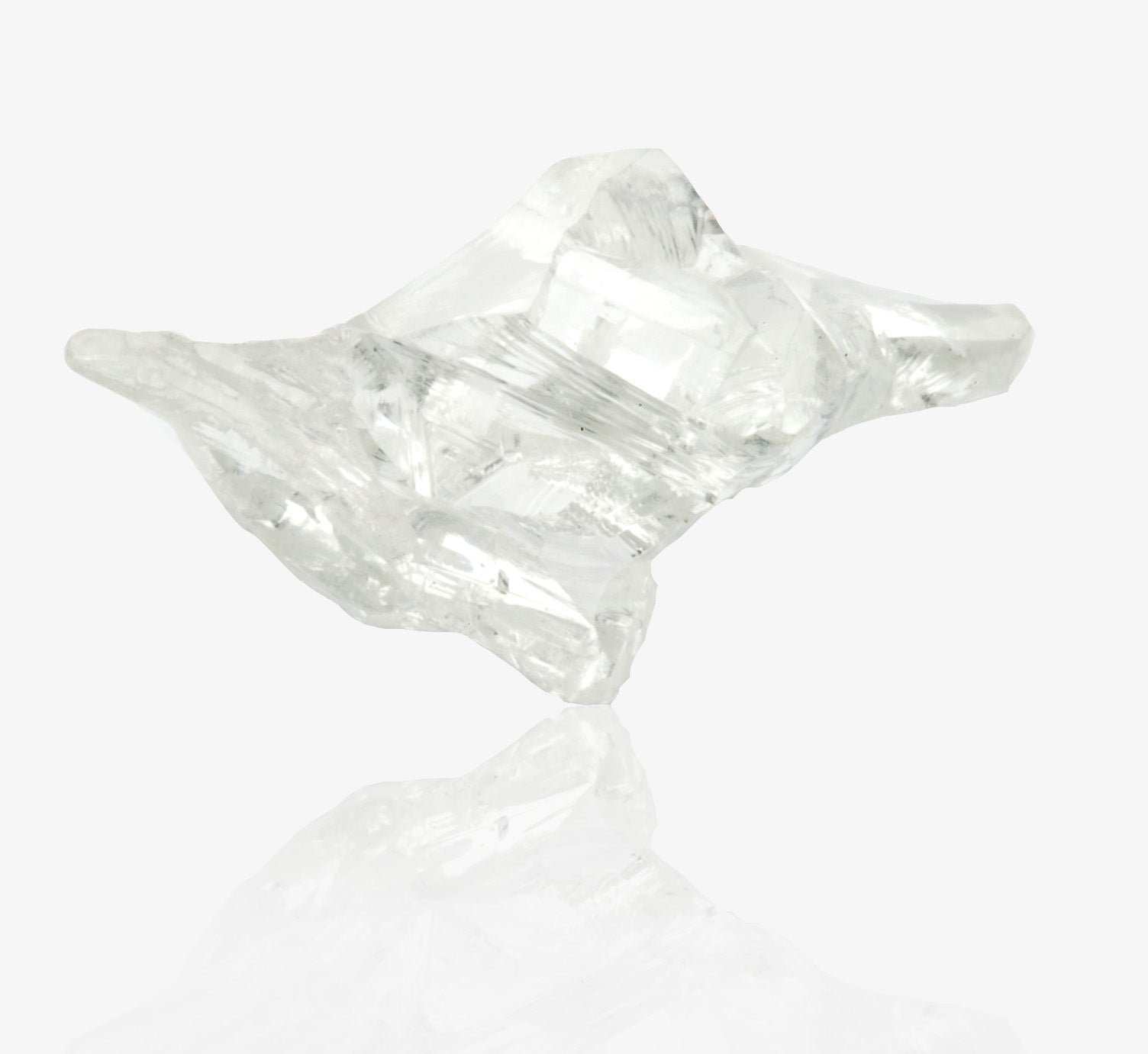
This is a very important step in determining the value of a white diamond.
Specifying purity involves making an inventory of all the internal and external impurities of the stone and evaluating the one that is the most representative and the most important. The diamond is examined under a microscope (30x) and with a magnifying glass (10x).
Purity grades are (in decreasing order):

IF (Internally Flawless)
Completely pure diamonds

VVS1 - VVS2 (Very Very Small Inclusions)
Tiny inclusions can barely be seen through a 10x magnifying glass, even by a trained diamond grader.

VS1 - VS2 (Very Small Inclusions)
Very small crystals, clouds, cracks or pinpoints characterize this grade.
These inclusions are not very visible and have no impact on the sparkle of the diamond.

SI1 - SI2 (Small Inclusions)
Impurities can be seen with a 10x magnifying glass but are not visible to the naked eye.

I1 - I2 - I3 - GIA Terminology - or P1 - P2 - P3 - HRD Terminology - (Piqué)
Impurities are visible to the naked eye.
4. Cut
Almost 100 years ago, the Master cutter Marcel Tolkowski defined the ideal proportions that govern the most popular cut: the brilliant (or round).
This cut has been specifically created for colorless diamonds in order to make them look as white as possible. Indeed, the ideal round brilliant has to be conceived and cut in such a way that the light that enters the diamond through the sides of the crown is amplified by the pavilion (which acts as a perfect mirror) and exits the crown through the table. In order to obtain this effect, a number of “ideal” parameters were defined which do leave some margin for maneuver: the height of the stone in relation to its diameter, the depth of the pavilion, the angle of the pavilion, the angle of the crown, the height of the crown...
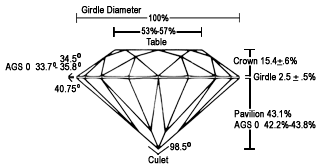
After having studied these various parameters, a grade is given to the cut of the stone as a whole:
- VG (Very Good)
- G (Good)
- M (Medium)
- P (Poor)
